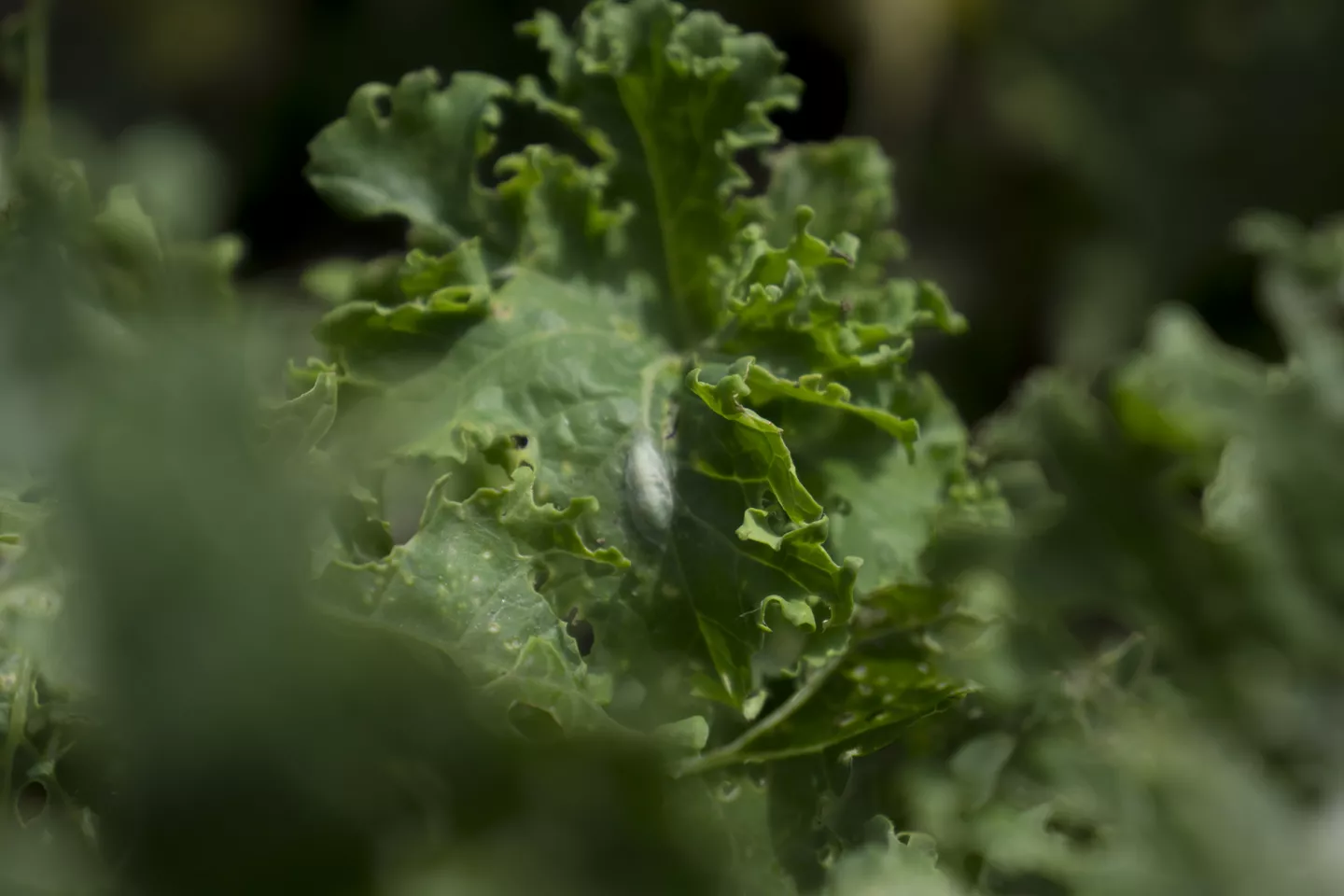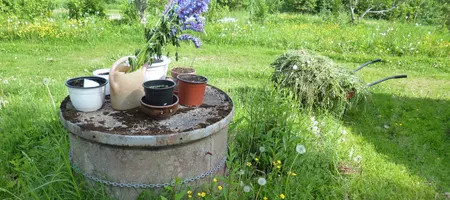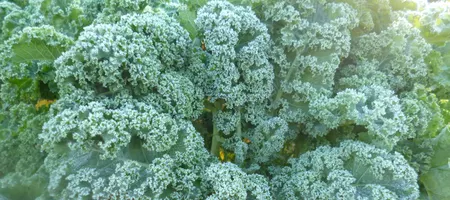Pests are somehow an ancient troublemaker. But ancient troublemakers always find their way into the present. I love garden radish, as well as kale, as well as kohlrabi, and of course the delicious Brussels sprouts. All this plant have one thing in common: they are cruciferous vegetables. Cruciferae have one big enemy: the cabbage moth, also known as Diamondback moth.
In the beginning we thought about insulating with cellulose. There are several products around and they can be blown in. We got some quotes from different companies but then realised that if we let the sawdust in we need to build a new structure for the floor as the space between the supporting beams was already taken by the sawdust. So in order to blow in the cellulose those new structure had to be build. Kind of a mess as the new floor would have been nearly 20 cm higher than the rest of the floor.
We paused and thought further and came to the conclusion that the sawdust must be removed. We got some quotes from different companies and then chose one close to us. We still hadn’t decided whether we would go for cellulose or something else. I was often referring to hemp and its good insulation value and was commenting on the cellulose and its treatment with Borax. We did know from Marja from Iso-Orvokkiniitty that there is a company around that sells cellulose that was treated with clay rather than the suspicious Borax.
We did close checks on our garden, basically we visited it many times a day. At first the leaves looked good. But some days later the leaves started having in them. We didn’t take it seriously at first because we are first timers, never had any garden before. So day by day we found a lot more holes.
When we walked along the radish and picked some of them white flies started to swirl off. Lumia first thought that this is the Greenhouse whitefly, and in accordance to our books the Greenhouse whitefly could be fought against using ichneumonidae. But as we weren’t in a greenhouse and we had no ochneumonidae at hand we checked for other options. We didn’t find any, especially organic ones.
Finally after one time when lots and lots of flies took off from a kale patch I went for a closer checkup and I found a lot of eggs and pupas on the backside of the leaves. I compared them with the images on the books and found that our pests really are Diamondback moths.
From that I started to collect all the eggs and pupas on all our cruciferae and killed them (yes, I’m a vegetarian but those animals are eating all my food). We covered the new, not yet eaten plants with farmers net to make sure only the current plants need this kind of treatment.
Now, from day to day we find fewer pupas. All our cruciferae are growing better and the garden radish is delicious.







